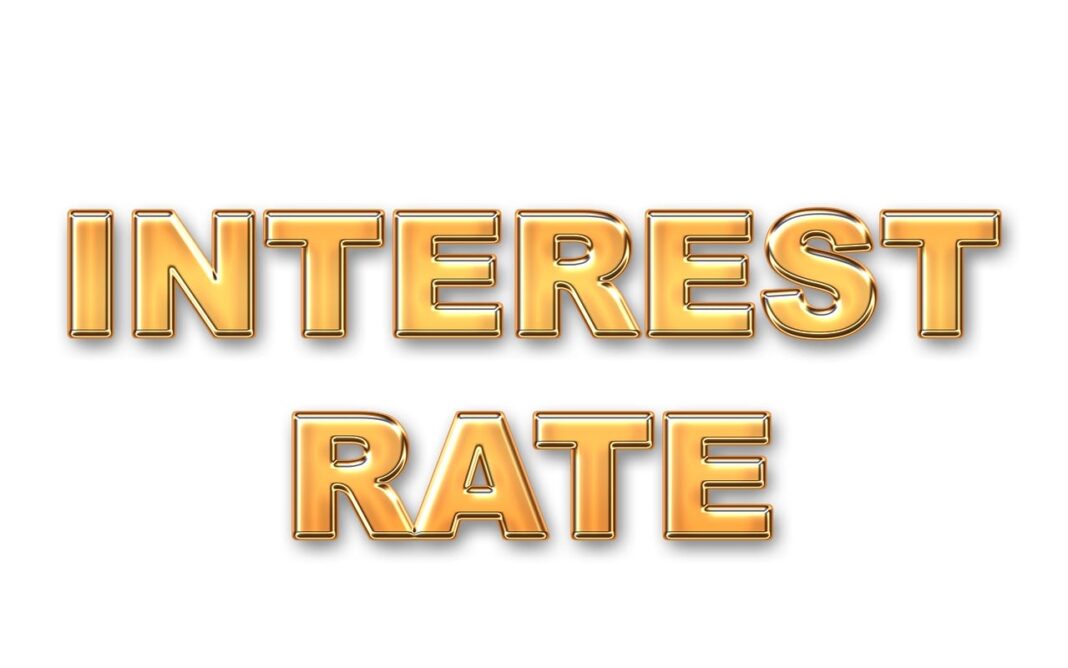Interest rates are one of the most critical factors in determining the economic growth and development of a country. They are a powerful tool used by central banks and monetary authorities to influence the overall health of an economy. Interest rates affect individuals, businesses, and governments by influencing borrowing and investment decisions, which in turn impacts economic growth and development.
This article aims to provide an in-depth analysis of how interest rates impact economic growth and development. We will explore the different types of interest rates, the factors that influence them, and their impact on various sectors of the economy.
Table of contents
What are Interest Rates?
Interest rates are the cost of borrowing money. They represent the percentage of the principal amount that is charged as interest for the use of borrowed funds. Interest rates can be fixed or variable and can vary based on the duration of the loan.
There are different types of interest rates that affect the economy, including the prime rate, federal funds rate, and discount rate. The prime rate is the interest rate charged by banks to their most creditworthy customers. The federal funds rate is the interest rate at which banks lend funds to one another overnight. The discount rate is the interest rate at which banks can borrow money directly from the Federal Reserve.
Impact of Interest Rates on Individuals
Interest rates impact individuals in several ways. When interest rates are high, it becomes more expensive to borrow money for purchases such as homes, cars, and credit cards. Higher interest rates can also impact the cost of education loans, making it more expensive for students to finance their education.
However, higher interest rates can also lead to higher savings rates. This is because banks are willing to pay higher interest rates to savers to attract more deposits. Higher savings rates can lead to increased financial security for individuals and help promote economic growth.
Impact of Interest Rates on Businesses
Interest rates have a significant impact on businesses. When interest rates are low, businesses can borrow money at a lower cost, which can help them finance new projects, invest in new equipment, and hire more employees. This can stimulate economic growth and job creation.
However, when interest rates are high, it becomes more expensive for businesses to borrow money. This can limit their ability to invest in new projects, which can lead to slower economic growth and job creation.
Impact of Interest Rates on Government
Interest rates also impact the government. When interest rates are low, it becomes cheaper for the government to borrow money to finance projects such as infrastructure improvements or social programs. This can stimulate economic growth and job creation.
However, when interest rates are high, it becomes more expensive for the government to borrow money. This can limit their ability to fund new projects and can lead to increased government debt. Higher government debt can also lead to higher interest payments, which can further strain the government’s finances.
Impact of Interest Rates on Economic Growth and Development
Interest rates have a significant impact on economic growth and development. When interest rates are low, it can stimulate borrowing and investment, which can lead to increased economic activity and job creation. This can also lead to higher consumer spending, which can further stimulate economic growth.
On the other hand, high interest rates can lead to lower borrowing and investment, which can lead to slower economic growth and job creation. High interest rates can also lead to higher borrowing costs, which can lead to decreased consumer spending and lower economic activity.
Additionally, interest rates can impact the exchange rate of a country’s currency. When interest rates are high, it can attract foreign investment, which can increase the demand for a country’s currency and lead to a stronger exchange rate. A stronger exchange rate can make exports more expensive and imports cheaper, which can impact a country’s trade balance.
The Role of Central Banks in Determining Interest Rates
Central banks play a critical role in determining interest rates. They use interest rates as a tool to influence the economy’s overall health. The central bank sets the federal funds rate, which serves as a benchmark for other interest rates in the economy. By changing the federal funds rate, the central bank can influence the cost of borrowing and lending for individuals, businesses, and governments.
Central banks use interest rates to control inflation, stimulate economic growth, and promote financial stability. When inflation is high, the central bank may increase interest rates to reduce spending and cool the economy. Conversely, when the economy is sluggish, the central bank may lower interest rates to stimulate borrowing and spending.
Conclusion
Interest rates are a critical tool used by central banks and monetary authorities to influence the overall health of an economy. They impact individuals, businesses, and governments by influencing borrowing and investment decisions, which in turn impacts economic growth and development.
Low interest rates can stimulate borrowing and investment, which can lead to increased economic activity and job creation. However, high interest rates can lead to decreased borrowing and investment, which can lead to slower economic growth and job creation. It is crucial for central banks to balance the benefits and drawbacks of different interest rate levels to promote long-term economic growth and development.
Bibliography
- Blanchard, O., & Johnson, D. R. (2013). Macroeconomics. Pearson.
- Mishkin, F. S. (2011). The economics of money, banking, and financial markets. Pearson.
- Mankiw, N. G. (2014). Principles of macroeconomics. Cengage Learning.
- Bernanke, B. S., & Gertler, M. (1995). Inside the black box: The credit channel of monetary policy transmission. Journal of Economic Perspectives, 9(4), 27-48.
- Taylor, J. B. (1993). Discretion versus policy rules in practice. Carnegie-Rochester Conference Series on Public Policy, 39, 195-214.



 For all latest articles, follow on Google News
For all latest articles, follow on Google News